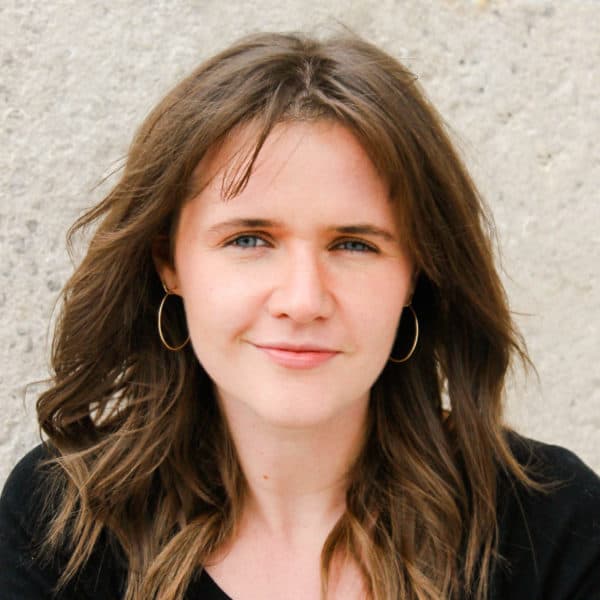Advertisement
Heavy rains could lead to sewage in your local waterways
ResumeOne pipe for the stuff you flush down the toilet, and another for stormwater runoff. That's how modern sewer systems do it. In this two-pipe system, the wastewater from our homes and businesses run into a treatment plant, and the stormwater – into nearby waterways.
But Massachusetts is old, and in some parts of the state, wastewater and stormwater flow through the same pipe. On most days, these so-called combined sewer systems work fine, with all the water ending up at a treatment facility. But on rainy days, the volume of water entering the system can overwhelm the pipes and overflow — sewage and all — into rivers, streams and other water bodies. These so-called "combined sewer overflow" events, or CSOs, aren't new, but as climate change fuels more frequent and intense rain events in the Northeast, we're likely to see a whole lot more of them.
Today, WBUR Senior Climate and Environment Reporter Miriam Wasser joins The Common with more on CSOs and some of the ways our cities can rethink sewage systems to decrease their impact on our waterways.

